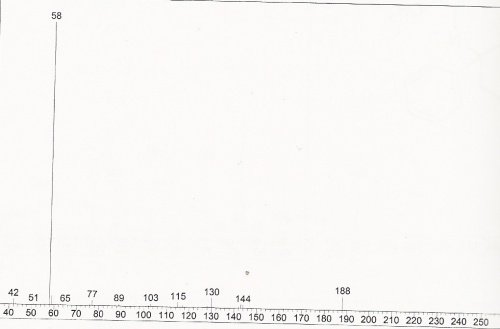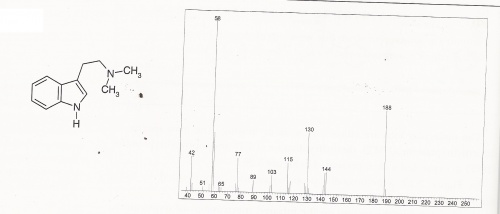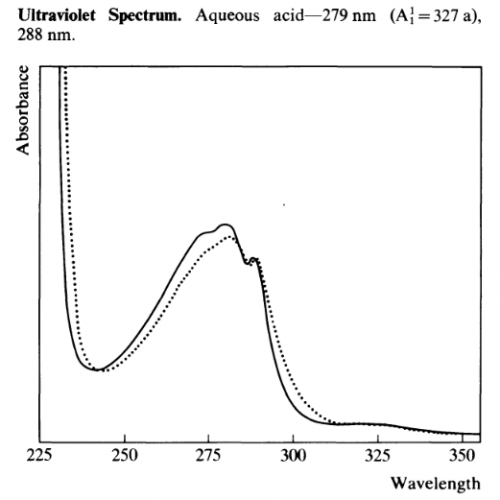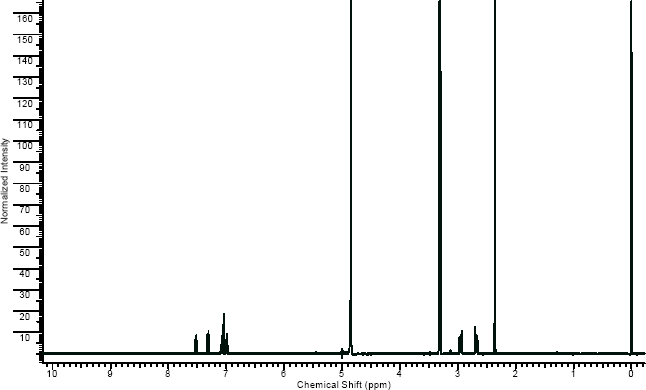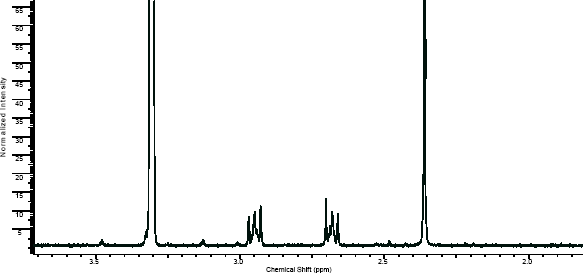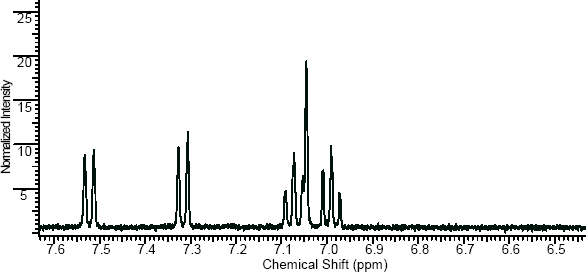1-(8-bromobenzo[1,2-b;4,5-b']difuran-4-yl) -2-aminopropane
(1-(8-bromobenzo[1,2-b;4,5-b']difuran-4-yl)-2- aminopropane
Bromo-Dragonfly (1-(8-Bromobenzo[1,2-b;4,5-b]difuran-4-yl)-2-aminopropane)[3], also known as DOB-Dragonfly, is an extremely potent and long acting psychedelic. It is one of the most potent non-ergoline psychedelics, with an active dose typically in the mid-to-high microgram range. Early cases of human use regarding this psychedelic amphetamine can be traced to 2001 [2]. It is the benzodifuran analog of the more commonly reported psychedelic amphetamine DOB. The name of the compound is derived from a superficial resemblance of the molecular structure to that of a fly, with the two furan rings on opposing sides of a central phenyl ring forming the wings. Due to the drugs high potency and steep dose-response curve, overdose is a distinct possibility. There have been several severe injuries and fatalities directly attributed to Bromo-Dragonfly overdose. It is closely related to 2C-B-FLY, a non-aromatized phenethylamine analogue. Confusion between Bromo-Dragonfly and 2C-B-FLY has resulted in several hospitalizations and fatalities.

GC/MS Chromatogram & Mass Spec.
 [4]
[4]HPLC Chromatogram & UV-vis Spectra
 [4]
[4]
1H & 13C NMR Spectra [4]
[4]
http://newdrugapprovals.org/
http://newdrugapprovals.org/
NORWAY\
Norway: Oslo to Bergen by train
ALESUND
Stave church Heddal, Norway
Norway Bergen Tramway
At the top of Preikestolen with view over the Lysefjord, Norway
Norway - Bergen Cityscape by AgiVega

